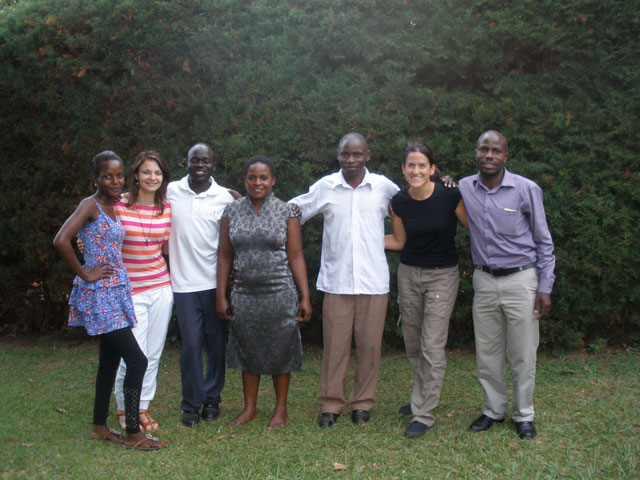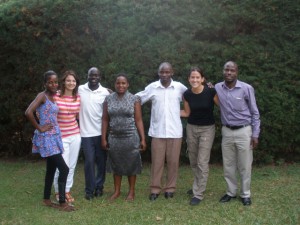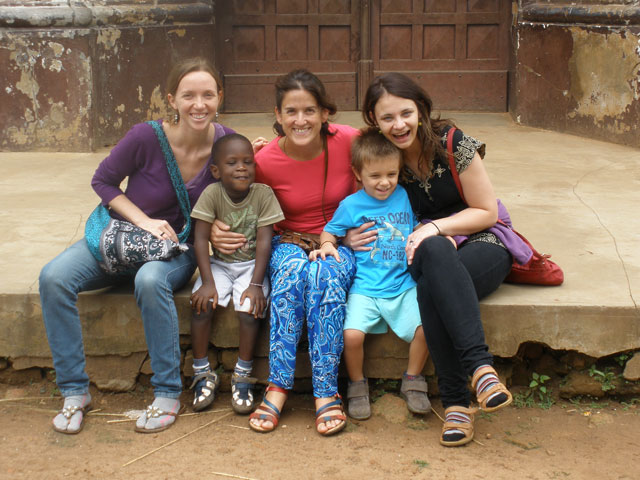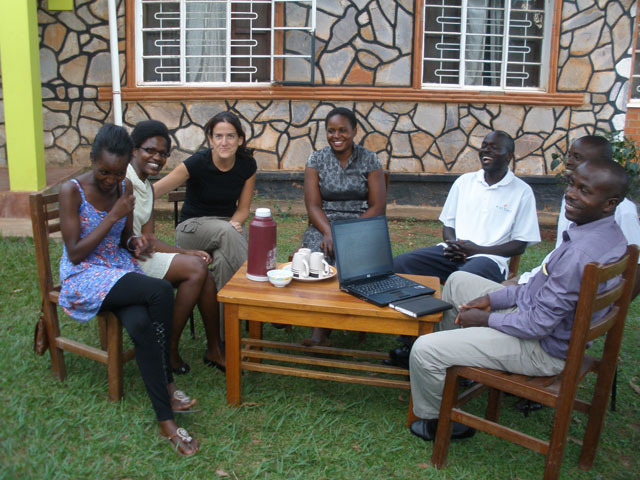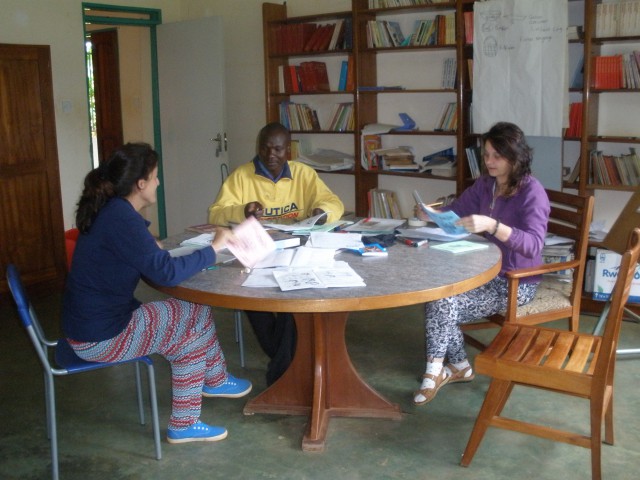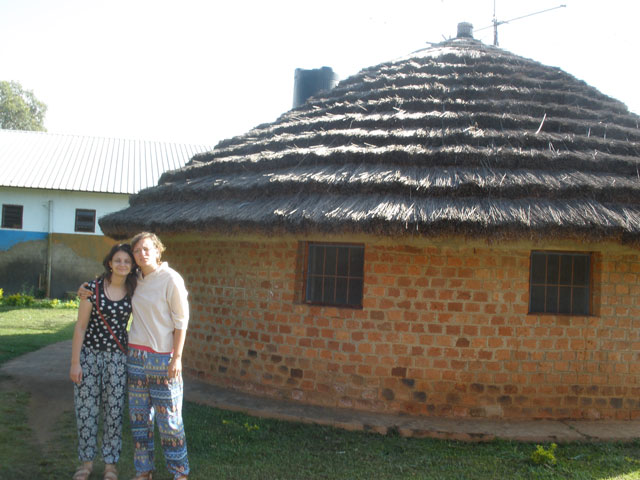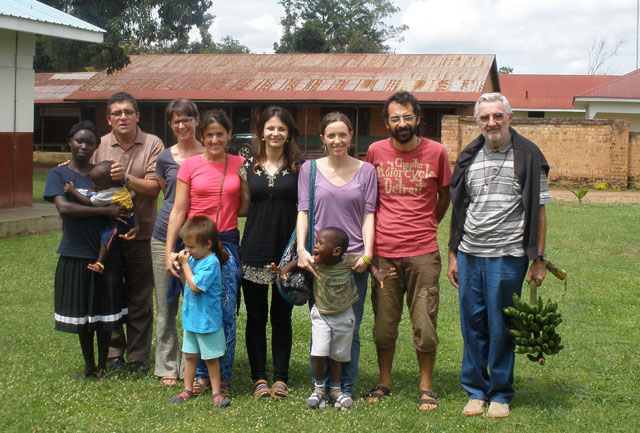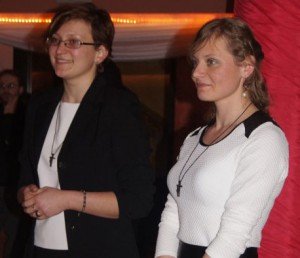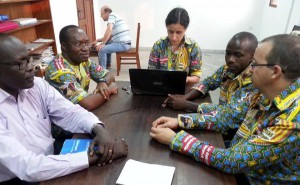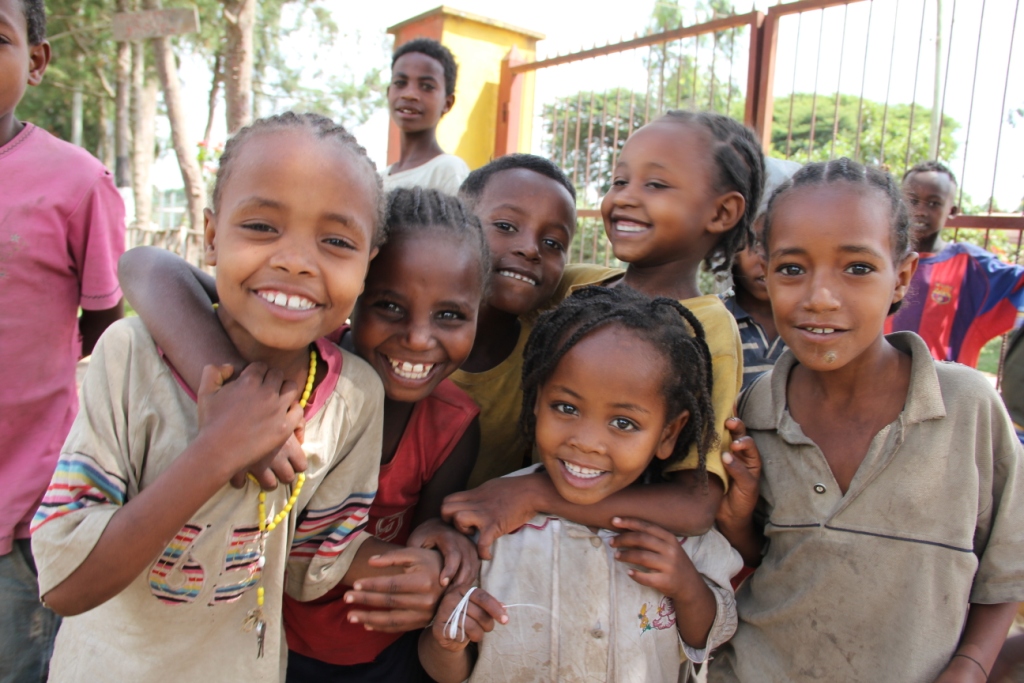
“What do you think? A man had two sons. He went to the first and said, ‘Son, go and work in the vineyard today.’ The boy answered, ‘I will not.’ But later he had a change of heart and went. The father went to the other son and said the same thing. This boy answered, ‘I will, sir,’ but did not go. Which of the two did his father’s will?…” Matthew 21:28-31
After the reading of this parable at mass one Sunday in the rural mission of Dadim, the parish priest Fr. Anthony, a Nigerian missionary, dove into his homily with confidence. A vineyard here is unimaginable amidst the arid red earth of southern Ethiopia, so he changed the details of the parable to something the people could relate to in their daily life. Dadim is a pastoralist region near the border of Kenya, where cattle and camels roam free and the life of the semi-nomadic Borana people surrounds tending their livestock. So Fr. Anthony equated the story to a son being requested to take the herd to water. The story however was the same: first son said “No” and then went; second son said “Yes” but did not go. He asked the congregation “Which of the two did the will of the parent?” The parishioners were unanimous in agreement: the second son. The parish priest, a little confused, painstakingly explained the story again. However, the congregation had not misunderstood. They were clear in their answer – definitely the second son was right.
In their culture, ‘No’ is never voiced, never uttered or even whispered. To insult someone by refusing a request in word, especially the father, is the ultimate in disrespect. The only reply ever is “Yes”. But must your “Yes” mean “Yes” among the Borana? The answer seems to be no. One can agree to a meeting time and place and never show up, one can agree to certain work and never do it, one can agree to stay but instead leave, or leave but instead stay. It could be that they really do mean “Yes” with good intention, but then there are so many factors in their challenging lifestyle that could abort their plan that most “Yes’” are in fact never fulfilled. To say “No” is so grave that even doing the appropriate action afterwards cannot right the original wrong.
A consensus between the priest (who had only recently arrived) and the parishioners was not reached. For the Borana it was the initial attitude of the first son that made him wrong. What audacity for him to say “No” to his father. Missionary work is plump full of these types of perplexities. This moment reminded me about the differences in culture and the challenges of communicating the Gospel message within the context of culture. Perhaps Fr. Anthony also learned an important lesson for his future work with the community in this area, though surely he still hopes that a “Yes” really will transmit into an action and commitment.
– Maggie
Maggie, Mark and Emebet Banga, Comboni Lay Missionaries, Awassa, Ethiopia




